Last week I was delivering a mental fitness workshop to an audience of engineers. After the session there was a casual lunch, and I was explaining more about mindfulness to one skeptical engineer when she interrupted me mid-sentence. "Wait," she said, pausing her next bite, "isn't that just meditation? And isn't meditation just... sitting there pretending to be zen and stopping your thoughts?"
Her question stopped me cold, not because I didn't know the answer, but because I realised how often people use the terms mindfulness and meditation interchangeably when they're actually fundamentally different. It's like confusing the gym with a specific workout, or confusing literacy with reading a particular book.
As this conversation was sparked by her attending a mental fitness workshop, here's what I told her, and how it changed everything about how she approached mindfulness and meditation going forward.
The Gym vs. The Workout
Think of mindfulness as the gym. It's a capacity, it’s your ability to pay attention to what's happening right now without getting swept away by it. Just like physical fitness, mindfulness is something you either have more of or less of. You can be mindful while washing dishes, sitting in a meeting, or navigating a difficult conversation.
Meditation, on the other hand, is a specific workout you do to strengthen that capacity. It's the deliberate practice of training your attention, usually for a set period of time. You wouldn't say "I'm going to gym" when you mean "I'm going to do bicep curls." Similarly, meditation is one of many ways to develop mindfulness, it's just the most well-known one.
This distinction matters because it frees you from the idea that you need to sit cross-legged on a cushion to access the benefits of present-moment awareness.
What the Science Actually Shows
Your brain has a "default mode network" (DMN), which you can think of as your brain's screensaver. This network lights up when you're remembering embarrassing moments from ten years ago, catastrophising about next week's presentation, or running that endless internal commentary about yourself. It's active roughly 50% of our waking hours - which means we’re basically zombies for half of each and every day! This is one of my favourite and most cited pieces of research over the last decade because it was pioneering in how it revealed that a wandering mind is an unhappy mind.
So is there anything we can do to un-zombie ourselves and reclaim our attention and awareness? The answer is YES. Neuroscientist Dr. Judson Brewer's research at Yale revealed something remarkable: both experienced meditators and people learning mindfulness showed decreased activity in the default mode network. But here's the crucial insight: this happened whether people practiced formal meditation or simply learned to notice their thoughts during daily activities and became more mindful moment to moment.
Even more intriguing, researchers found that experienced meditators showed stronger coupling between brain regions involved in self-monitoring and cognitive control, suggesting this became their new "default mode" - there was less rumination and more present-moment awareness, even when they weren't actively trying.
Meanwhile, Dr. Sara Lazar's groundbreaking Harvard studies showed that regular meditation practice literally thickens the prefrontal cortex (associated with attention and decision-making) and shrinks the amygdala (our threat-detection center). These changes occurred faster in people who combined formal meditation with mindful daily activities.
The research suggests that both mindfulness and meditation are training your brain to spend less time in that unhappy default mode. They're just different training methods for the same goal.
Why Your Resistance Makes Perfect Sense
If you've ever felt resistant to meditation, you're not imagining things. Psychologist Dr. Willoughby Britton's research on "meditation-related adverse events" found that up to 25% of meditators experience increased anxiety, emotional intensity, or feelings of depersonalisation when they first start to formally practice.
Wondering why this is? Your brain is literally rewiring itself, and that process isn't always comfortable. It's like starting a new exercise routine - you're going to feel it before you see the benefits. This is where you need to simply stick with it and trust the process!
But here's another interesting twist: people who started with informal mindfulness practices (like mindful walking or eating) reported fewer adverse effects when they eventually tried formal meditation. It's as if they gradually strengthened their capacity to regulate that default mode network instead of jumping straight into the advanced class. A great stretch and warm-up, if you like.
And ultimately, your brain's default mode isn't designed to make you happy - it's designed to protect you. A wandering mind is an unhappy mind because it's constantly scanning for threats, replaying past problems, and worrying about future ones. It's evolutionary insurance, not a happiness generator. That’s the part we can consciously work on ourselves.
The Kitchen Laboratory
Looking for a simple waty to start? Try this experiment:
The Mindful Approach: The next time you make your morning coffee or tea, do nothing else. Simply be in the moment, fully. Notice the weight of the mug in your hands. Feel the warmth. Smell the aroma. Taste the first sip. When your mind starts planning your day or replaying yesterday's stress, simply notice that too and return to the sensory experience you’re currently in. This is mindfulness in action - present-moment awareness during a regular activity and something you can practice every day!
The Meditation Approach: Set a timer for five minutes. Sit comfortably and close your eyes. Focus on your breath. When thoughts arise (and they ALWAYS will), notice them and gently return to your breath. This is formal meditation - dedicated time for training your attention.
Both approaches are valuable. Both develop the same underlying capacity. One happens during life; the other creates space specifically for practice.
In the moment
Here's where it gets interesting: the most profound shifts often happen not during formal meditation, but in those micro-moments when you catch yourself in the middle of stress and remember you have a choice about where to place your attention. This is mindful living and it is truly transformative in how you operate and experience your everyday life.
What's happening neurologically in these moments is remarkable. Every time you notice your mind wandering - whether during formal meditation or while brushing your teeth - you're activating your brain's monitoring and control regions. Over time, this strengthened coupling between monitoring areas and nodes of the default mode network may become a new "default mode" that operates during meditation and rest alike.
Dr. Rick Hanson's research on "taking in the good" shows that brief moments of mindful awareness where you notice a beautiful sunset, savour a hug from your child or feel genuine gratitude, actually reshape your brain toward positivity and resilience. These tiny mindful moments throughout your day might be more transformative than longer meditation sessions because they're literally rewiring your brain's default setting.
Your Personalised Approach
Maybe you're someone who thrives with structure and would benefit from formal meditation practice. Or maybe you're a little more like my engineer acquaintance, who discovered that her most powerful mindful moments happen during her evening walks when she notices her surroundings in nature instead of getting lost in work thoughts.
The beauty is that you get to experiment and find what works for you. Some people need the gym membership and scheduled workout times. Others build fitness through hiking, dancing, or playing with their kids. Both approaches work; both create strength over time.
Starting Where You Are
If formal meditation feels daunting, start with mindful micro-moments:
Three conscious breaths before checking your phone
Noticing the sensation of your feet on the ground while walking
Paying full attention to the first bite of each meal
Feeling the warm water on your hands when you wash them
If you're ready for formal practice, start small:
Five minutes of focused breathing
A body scan from head to toe
Loving-kindness meditation for yourself and others
Walking meditation in your backyard
Both paths lead to the same destination: a stronger capacity to be present with whatever life brings you.
The Real Goal
Whether you choose the gym membership of formal meditation or the home workouts of daily mindfulness - or better yet, both (!!), you're developing something precious: the ability to be fully here for your own life.
In a world designed to scatter and steal your attention, this might be the most radical act of self-care you could possibly practice.
What would it feel like to be fully present for just one moment today? Start right there, right now.


